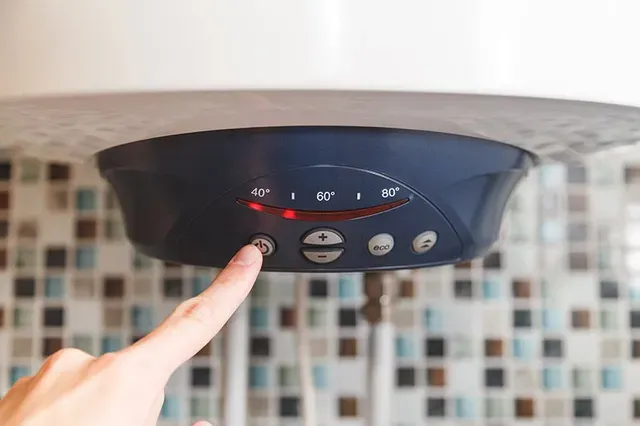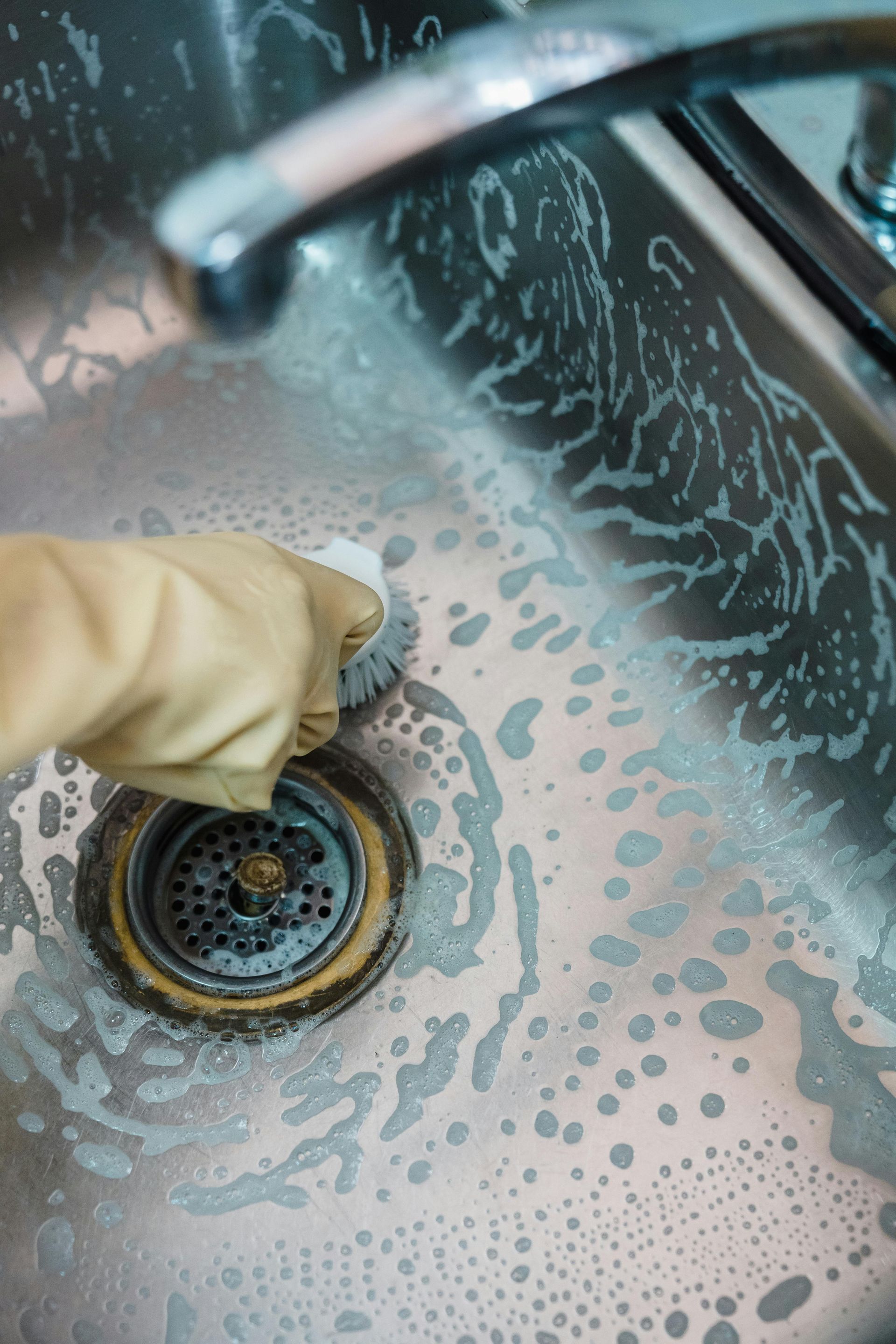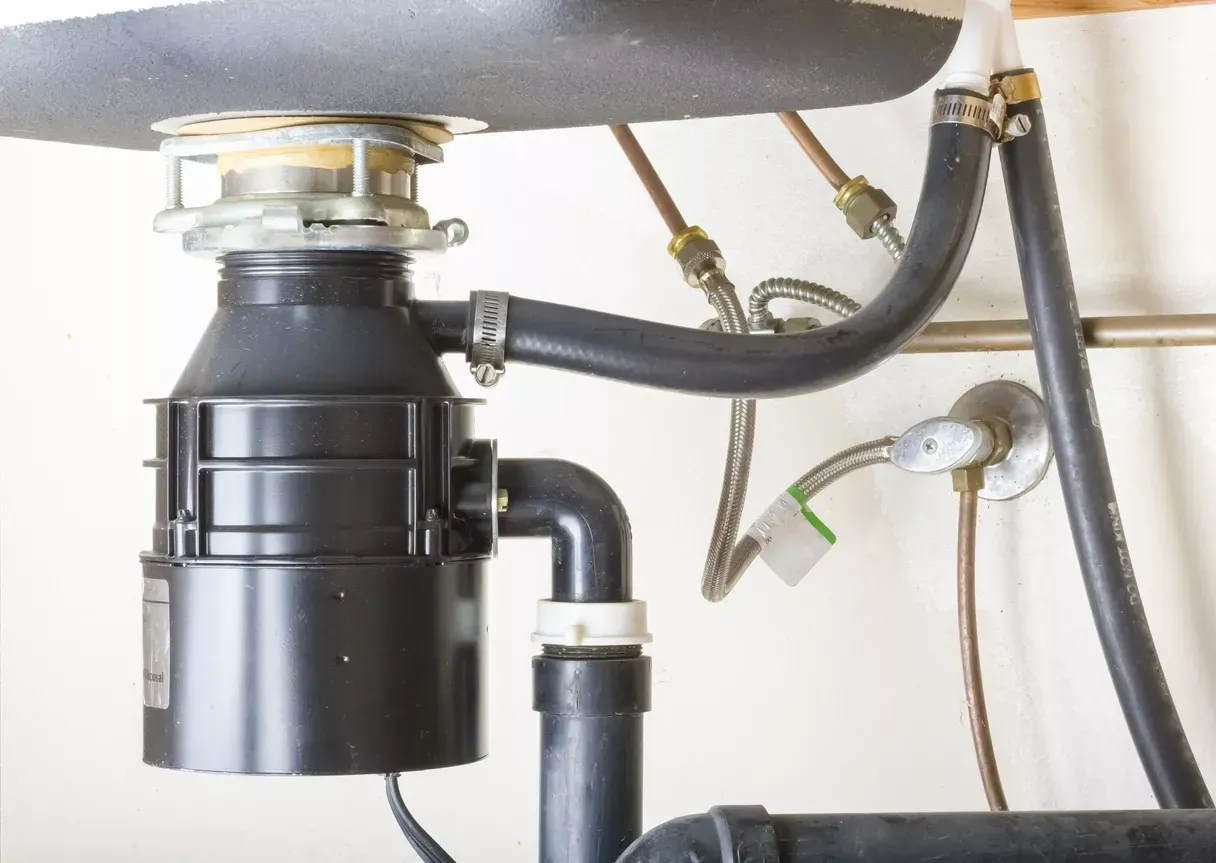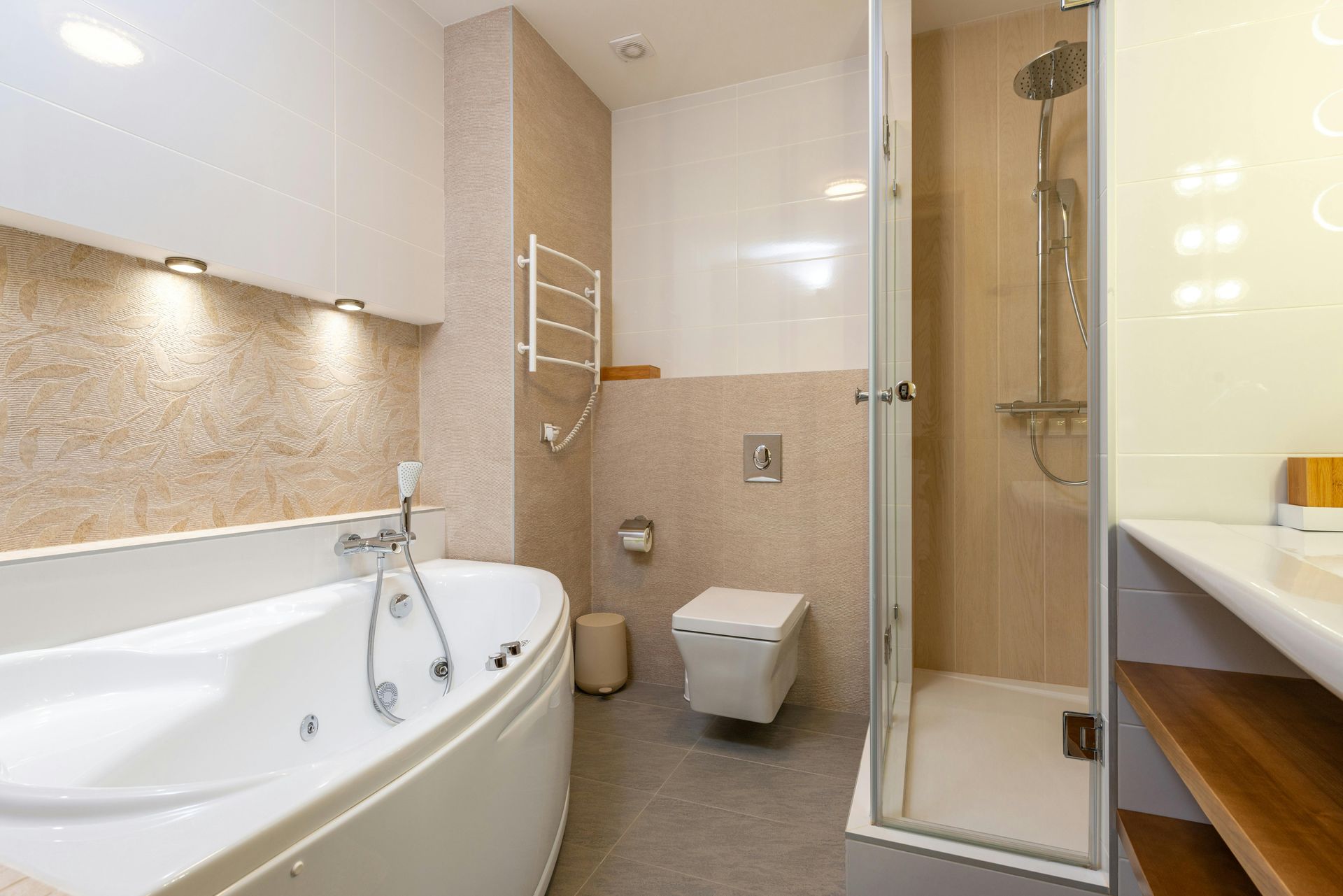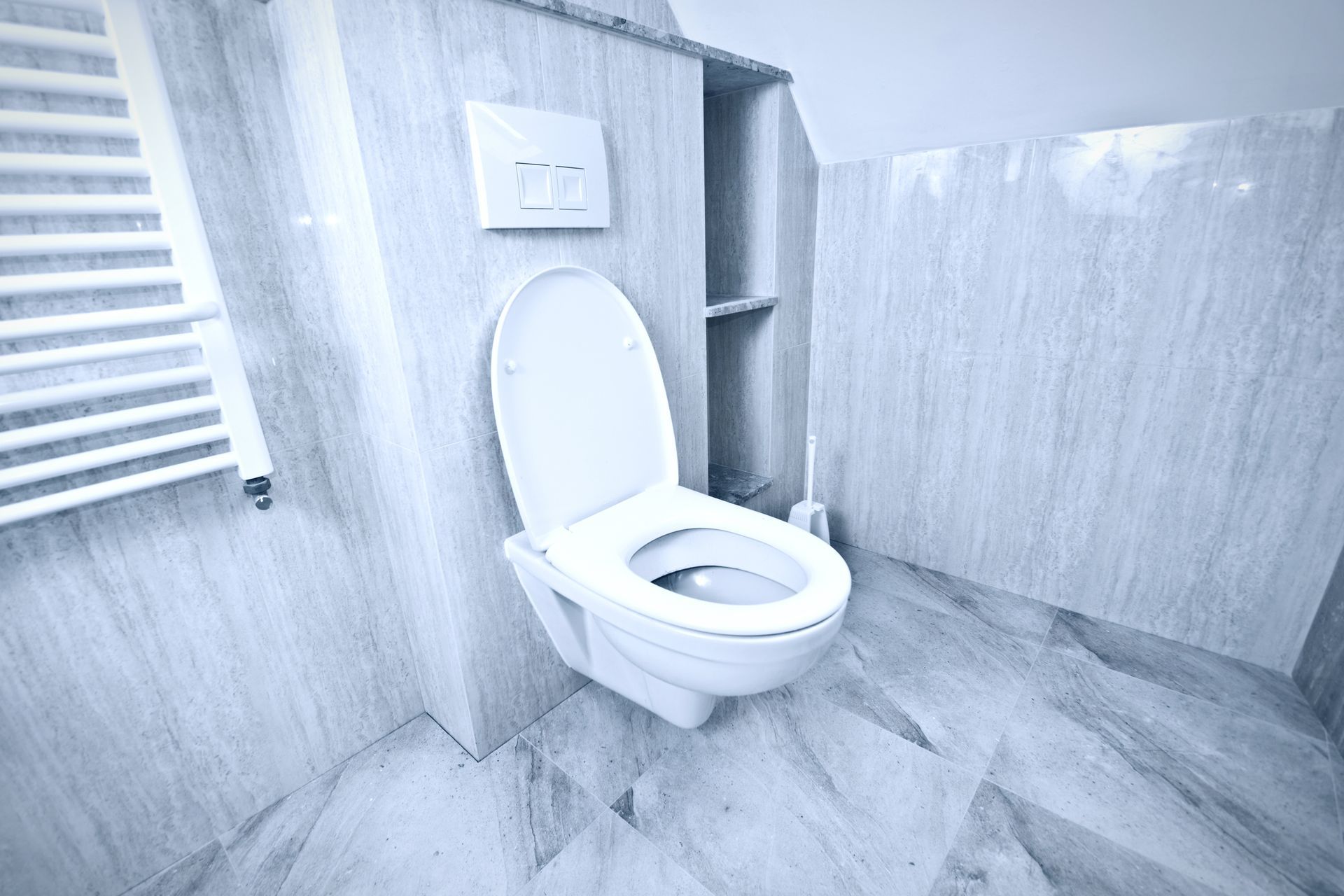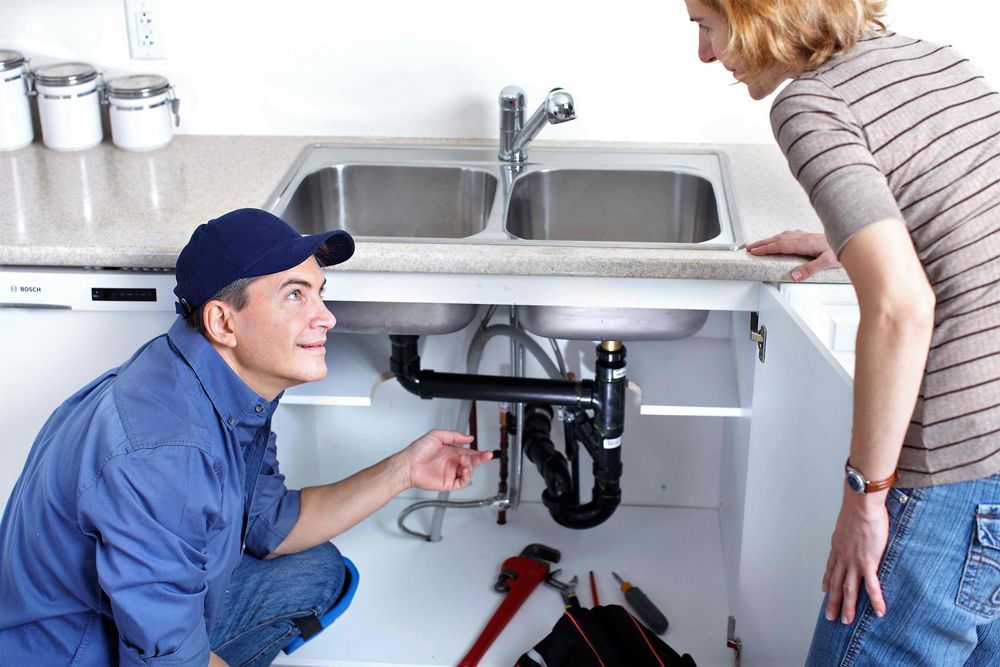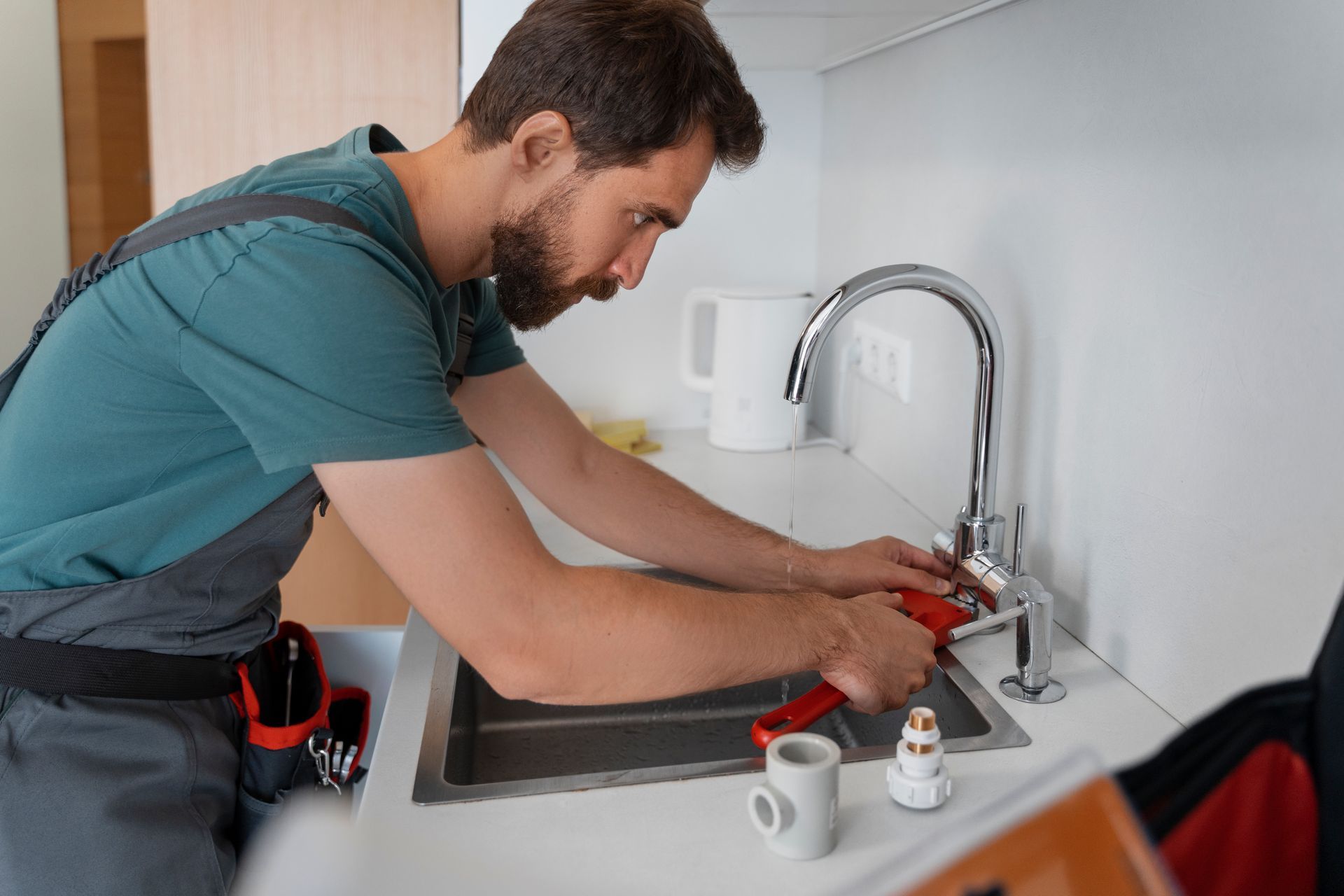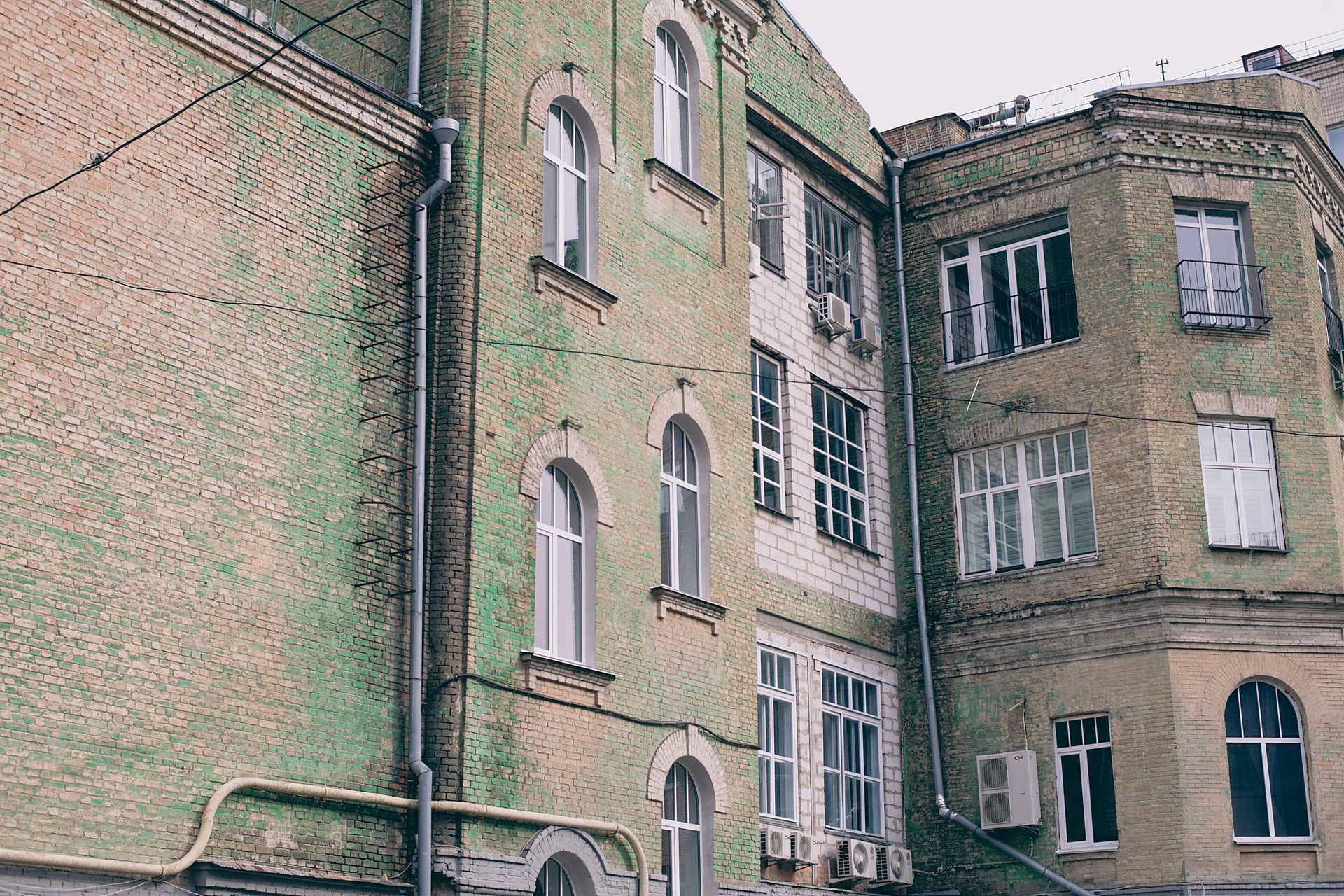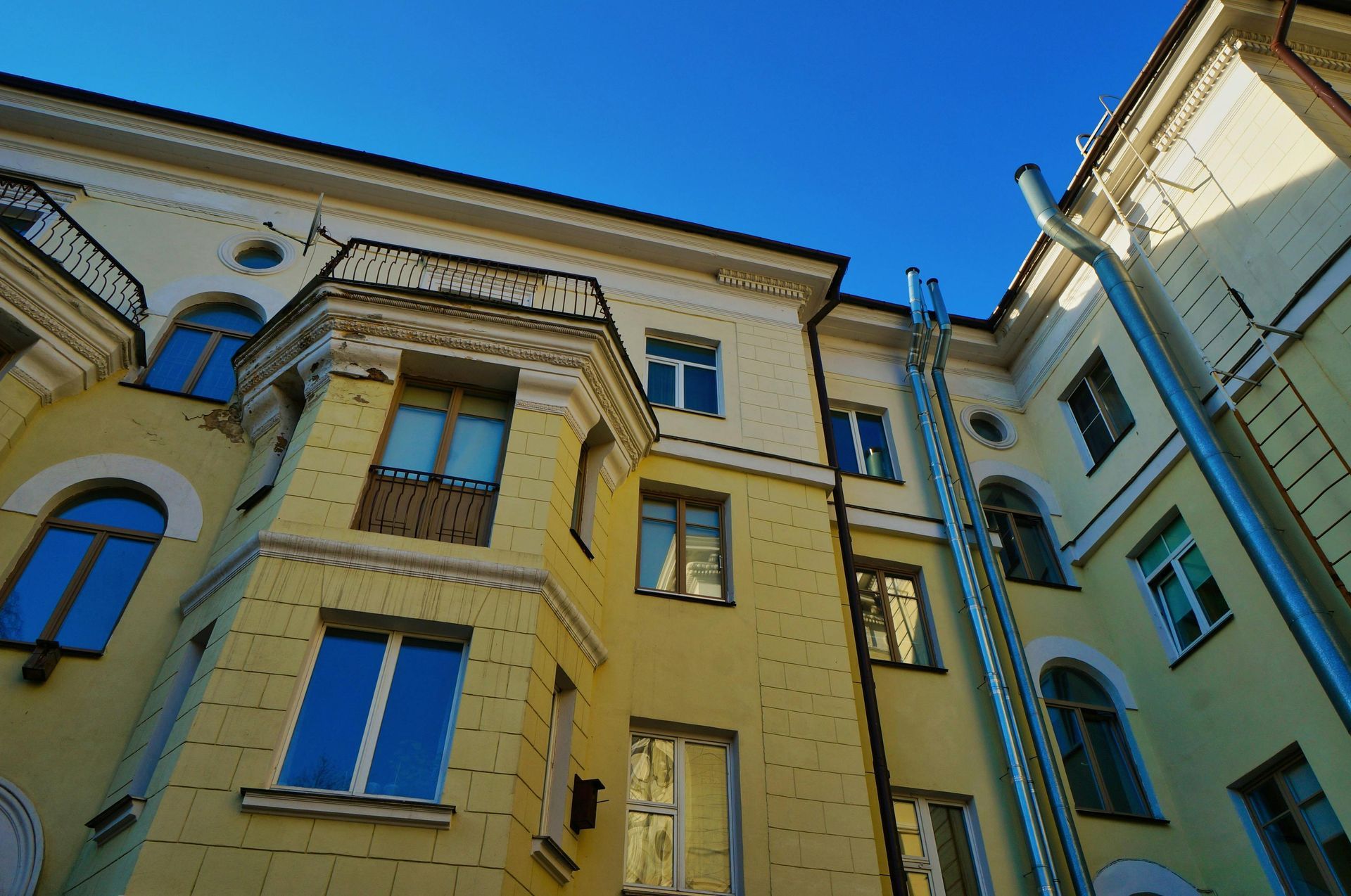How To Accurately Estimate Costs For Major Plumbing Jobs?
Estimating the costs for major plumbing jobs requires a careful balance of detailed assessment, comprehensive planning, and financial calculations. Whether addressing extensive repairs, new installations, or remodeling projects, accurate cost estimation is essential for both service providers and clients to ensure transparency, avoid unexpected expenses, and maintain budgets. Licensed plumbers and professional services like All City Plumbers take multiple factors into account to provide precise and fair estimates, incorporating labor, materials, overhead, and contingency allowances. This article explores the multifaceted process of plumbing cost estimation with in-depth explanations of each major step.
Conducting a Thorough Initial Assessment
The foundation of accurate plumbing cost estimation is a thorough site evaluation. This initial phase involves an on-site visit where the plumber inspects the existing plumbing infrastructure, identifies potential challenges, and defines the full scope of work required. For major jobs, this includes careful examination of pipes, fixtures, drainage systems, and water supply lines to diagnose the condition and complexity of the project.
For example, many renovation or repair jobs will necessitate specialized services such as waterline repair and replacement, which require detailed knowledge of pipe materials and accessibility issues. The complexity of such tasks profoundly affects labor time and material costs. Additionally, incorporating an annual plumbing checklist into maintenance discussions helps ensure clients understand ongoing care needs that may impact project scope.
A precise initial assessment enables plumbers to anticipate complications and tailor their estimates to the unique conditions of each site rather than relying on generic pricing models. This careful groundwork is what separates superior plumbing services like those offered by All City Plumbers from less dependable providers.
Detailed Labor Cost Calculation
Labor is often the largest cost component in major plumbing jobs, so accurate labor cost calculation is critical. Estimators determine how many technicians will be required and the number of hours needed to complete the job. This involves:
- Forecasting the duration of each task based on experience and complexity.
- Calculating total labor hours as the product of technicians and hours worked.
- Applying an hourly labor rate, which includes wages plus taxes, insurance, and overhead.
For example, if a job requires 3 technicians working 8 hours each, the total labor hours are 24. If the hourly rate is $30 (factoring in overhead and benefits), then the labor cost is $720. Plumbers typically add a markup of 20-30% on labor costs to cover indirect business expenses and profit margin.
This labor cost calculation reflects the skill level, job difficulty, and regional market wage standards, ensuring the estimate is both competitive and profitable. Licensed firms like All City Plumbers carefully balance labor costs with job requirements to maintain quality and sustainability.
Accurate Material and Equipment Cost Estimation
Materials and equipment represent the other major element of cost estimation. This may include pipes, fittings, valves, fixtures, sealants, and specialized tools. The estimator must:
- Identify the types and amounts of materials needed, considering quality and durability.
- Source cost data from suppliers, including taxes and delivery fees.
- Include markups to cover procurement costs and risks such as waste or damage.
For large-scale plumbing projects or those involving specialized services like waterline repair and replacement, high-quality materials and advanced equipment are essential for long-lasting results. Underestimating material costs can lead to costly overruns and dissatisfied clients.
A comprehensive material list matched against supplier quotes forms the basis for this component of the estimate. Professional plumbers also anticipate potential future maintenance needs, often advising clients on preventive measures and annual plumbing checklists that support system longevity and cost efficiency.
Factoring in Overhead, Permits, and Contingencies
Beyond direct labor and materials, estimators must incorporate overhead costs that keep a plumbing business operational. Overhead includes rent, utilities, vehicle expenses, insurance, certifications, administrative salaries, and marketing. This cost is typically distributed across projects via a percentage markup added to the total estimate.
Additionally, many major plumbing jobs require permits and inspections mandated by local authorities, the fees for which should be included upfront. Failure to budget for permits can delay projects and increase costs unexpectedly.
Estimators also build in contingency funds—usually 10-15% of the project total—to cover unforeseen expenses such as hidden damage, new code requirements, or client-requested changes. This financial buffer is essential for managing risk without sacrificing service quality.
Choosing an Appropriate Pricing Model
There are several pricing models that plumbing businesses use to present estimates: hourly rates, flat-rate pricing, or hybrid approaches. Each has pros and cons:
- Hourly pricing provides flexibility but may cause client reluctance if job duration is uncertain.
- Flat-rate pricing offers clients cost certainty and encourages efficient work, but requires precise initial assessment.
- Hybrid models combine fixed fees for common tasks with hourly billing for variable or unexpected work.
Top-tier companies like All City Plumbers tend to favor flat-rate or hybrid models because they align incentives, improve transparency, and enhance customer satisfaction on major jobs, such as waterline repair and replacement.
Leveraging Technology and Tools for Precision
Modern estimating software and tools greatly improve the accuracy and efficiency of plumbing cost estimates. These solutions include digital blueprints, cost databases, labor tracking, and project management platforms. They help plumbers generate detailed, professional quotes, track changes, and communicate clearly with clients.
By integrating technological tools with expert knowledge, licensed plumbers optimize workflows and reduce human error during estimation. This professionalism is a hallmark of reputable providers emphasizing thorough maintenance planning, including annual plumbing checklists that preempt costly future repairs.
Conclusion
Estimating costs for major plumbing jobs is a complex but essential process that demands a thorough initial assessment, detailed labor and material calculations, consideration of overhead and contingencies, and the selection of the right pricing model. All City Plumbers exemplify excellence in this domain by combining skilled craftsmanship with transparent, professional cost estimation methods—especially for specialized services like waterline repair and replacement. Incorporating preventive frameworks such as an annual plumbing checklist further enhances accuracy and client trust. With careful estimation, both plumbers and customers benefit from clear expectations and successful project outcomes.


